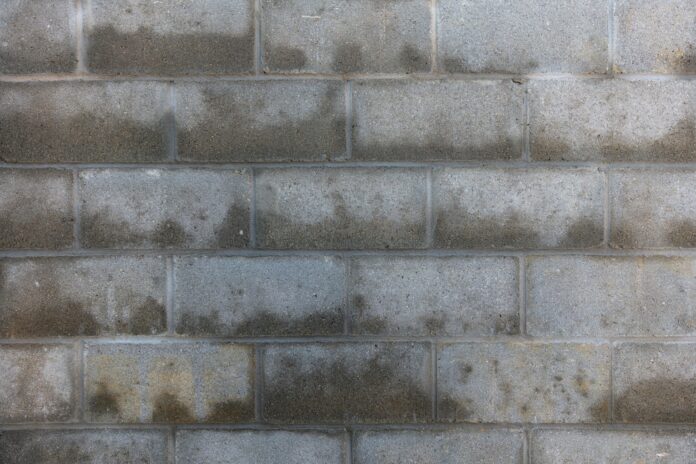Water can cause a range of issues in the home if left untreated. Flooding from extreme weather conditions like hurricanes can cause immediate, obvious damage, but problems can also arise from leaking appliances, faulty plumbing and clogged gutters.
The effects of water damage
Untreated water damage can cause rampant mold growth in the home, which poses health risks, especially for anyone with existing respiratory issues. The electrical systems of your home can be damaged due to unexpected contact with water, and with larger leaks or floods, the structural integrity of the property is also at risk.
Another common concern is pests and bug infestations. Critters like cockroaches, silverfish and carpenter ants are drawn to warm, moist areas, and on top of the inconvenience of an infestation, all of these can contribute to further damage to your home.
Damage caused by water only becomes more costly and time-consuming to repair over time, but you may not be aware of any problems until visible signs begin to appear. It’s important to be vigilant for early warning signs of water damage to help you catch the problem swiftly and organize the required repairs.
The 3 categories of water damage
Any type of water damage can cause extensive damage to your home, especially if left untreated, but the IICRC Standard for Professional Water Damage Restoration categorizes water damage into three levels.
Category 1 – this type of water damage refers to instances where the water has originated from a clean and sanitary water source, such as an overflowing sink or falling rainwater. There are little-to-no health risks associated with category 1 water damage, but it still has the ability to damage your home.
Category 2 – known as ‘gray water’, category 2 refers to water that is contaminated by chemicals or organic matter, such as water from a dishwasher, washing machine or unflushed toilet. Gray water has the potential to cause discomfort or sickness in both humans and pets.
Category 3 – this type of water is largely contaminated, such as sewage or seawater. Referred to as ‘black water’, category 3 water has a large possibility to contain bacteria, pathogens and viruses. Category 3 water damage requires immediate action, carried out by a professional.
Signs of water damage in walls
Although similar, the signs of water damage in drywall and plaster walls can differ slightly.
Drywall is very vulnerable to moisture, so signs of water damage are common, even if the water exposure is minimal. Mold or mildew growth, as well as a lingering musty smell, are common signs of a water-related concern. Discoloration of the walls, often presented as downward streaks, can highlight a moisture problem, as well as visible water spots and peeling paint. Other visual indicators of water damage include soft areas on the wall, the drywall sinking, sagging or warping when pressure is applied, and dry rot in areas where the wall meets the flooring.
Plaster walls are often thicker and more durable than drywall, but plaster is still susceptible to water-related damage. Similarly to drywall, plaster can show signs of mold and mildew when exposed to water, as well as flaking paint and a strong musty smell. Discoloration of the plaster from water damage often presents with a brown or yellow hue, and you may see drips or streaking stains along the surface of the walls. Another clear sign of water damage in plaster is efflorescence, which is deposits of mineral salts that are formed on the surface of the wall when water is exposed to the underlying masonry.
Signs of ceiling water damage
As with walls (and most things within the home), a clear sign of water damage to a ceiling is visible mold and mildew growth, as well as a strong musty odor. A lingering musty smell can highlight a problem without other visible signs being present, indicating potential hidden water damage.
Water can travel horizontally along the ceiling before dripping down, so water stains located towards the top of walls may be a sign of overhead water damage. Discoloration in ceilings due to water exposure is often yellow or brown in color, and the stains may start small but will gradually spread if the source of the issue isn’t addressed. Other visible damage like sagging and warping, and peeling, bubbling or blistering paint can be signs of moisture exposure, and cracks in the ceiling, often around light fixtures, may also indicate water infiltration.
The earlier you tackle water issues within the home, the easier they will be to resolve. If you spot any potential signs of excess moisture or water-related damage in your walls or ceilings, contact a professional to help locate the source of the water, prevent further damage and restore the impacted areas of your home.
Enlisting the help of a professional is even more important if you aren’t sure where the water is coming from, as you may unknowingly be dealing with category 2 or even category 3 water damage.
Powerhouse is a full service home and commercial services company based in Texas.



